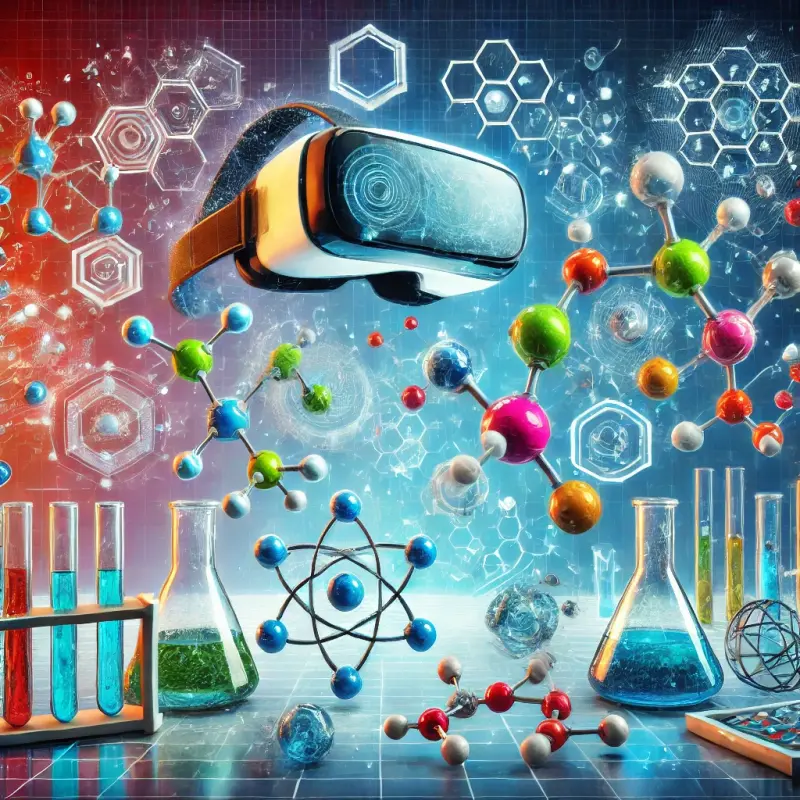Introduction to Virtual Reality in Chemical Studies
In recent years, the field of chemical research has witnessed a significant transformation, thanks to the integration of virtual reality (VR) technologies. This innovative tool has not only enhanced the way chemical reactions are studied but has also provided researchers with a profound understanding of complex molecular interactions in a fully controlled, immersive environment.
VR Technology: A New Horizon in Chemical Research
The essence of VR in chemical studies lies in its ability to create detailed, manipulable 3D models of molecular structures that scientists can interact with in real-time. Unlike traditional methods, which rely heavily on theoretical calculations and indirect experimentation, VR allows for a direct and intuitive understanding of the dynamic behaviors of molecules during chemical reactions.
Simulating Chemical Reactions in VR
One of the most significant advantages of using VR in chemical research is the capability to simulate chemical reactions safely and efficiently. Through VR, scientists can experiment with various chemical compounds and reaction conditions without the risk associated with physical experiments. This not only ensures safety but also significantly cuts down on resource consumption and waste production.
The Role of VR in Understanding Complex Chemical Processes
Complex chemical processes often involve intricate molecular interactions that are difficult to visualize and understand through conventional study methods. VR technology empowers researchers to visualize these processes in three-dimensional space, making it easier to identify the roles of different molecules and their interactions during reactions. This enhanced visualization aids in a deeper understanding of catalytic processes, reaction mechanisms, and the effects of various variables on the reaction outcomes.
Enhanced Educational Tools through VR
Beyond research, VR has also proven to be an exceptional educational tool in the field of chemistry. Educational institutions are increasingly adopting VR to teach students about complex chemical reactions and molecular structures. By using VR simulations, students gain a hands-on learning experience that is both engaging and informative, fostering a better understanding of chemical processes and encouraging more intuitive learning approaches.
Conclusion of Part One
As we continue to delve deeper into the applications of VR in chemical research, it is clear that this technology not only enhances the understanding and visualization of chemical reactions but also offers a safer, more efficient alternative to traditional experimental methods. In the following sections, we will explore further how VR is being utilized to innovate in areas such as reaction optimization, new material synthesis, and the integration of AI with VR for predictive modeling in chemical research.
